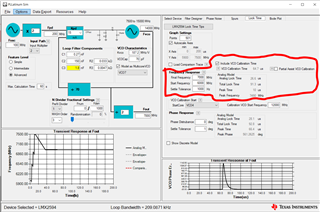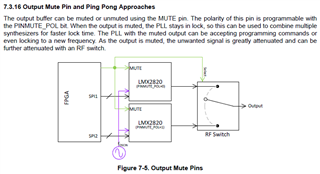The system in design has a requirement to change frequencies relatively quickly. I am trying to confirm this component will meet the specification I have on this which is to achieve the commanded frequency to 100Hz. Does the part achieve this accuracy within the times listed on the data sheet, in particular, when using the full assist mode.
-
Ask a related question
What is a related question?A related question is a question created from another question. When the related question is created, it will be automatically linked to the original question.



